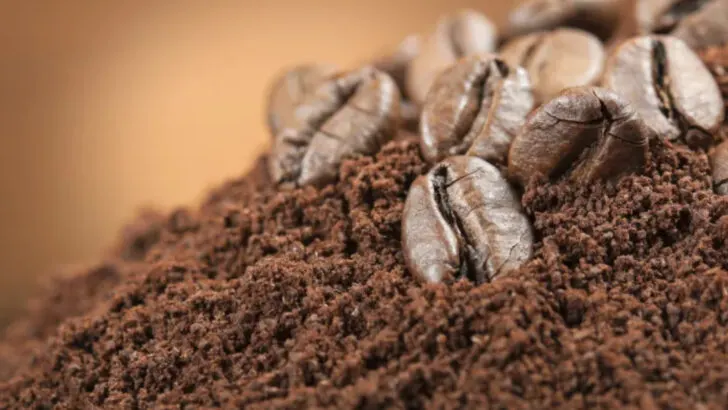Tossing food scraps in the trash might feel like the easiest option, but a lot of what ends up in the bin could actually be feeding your garden. Peels, grounds, and even a few things you’d never expect can break down into something your soil will love, no fancy equipment required.
Composting isn’t just about cutting waste; it’s about giving something back. The right mix of scraps can improve texture, boost nutrients, and make plants more resilient. If you’ve been unsure what belongs in the compost pile, this list of 15 common kitchen leftovers will help you make better use of what’s already on hand.
Banana Peels
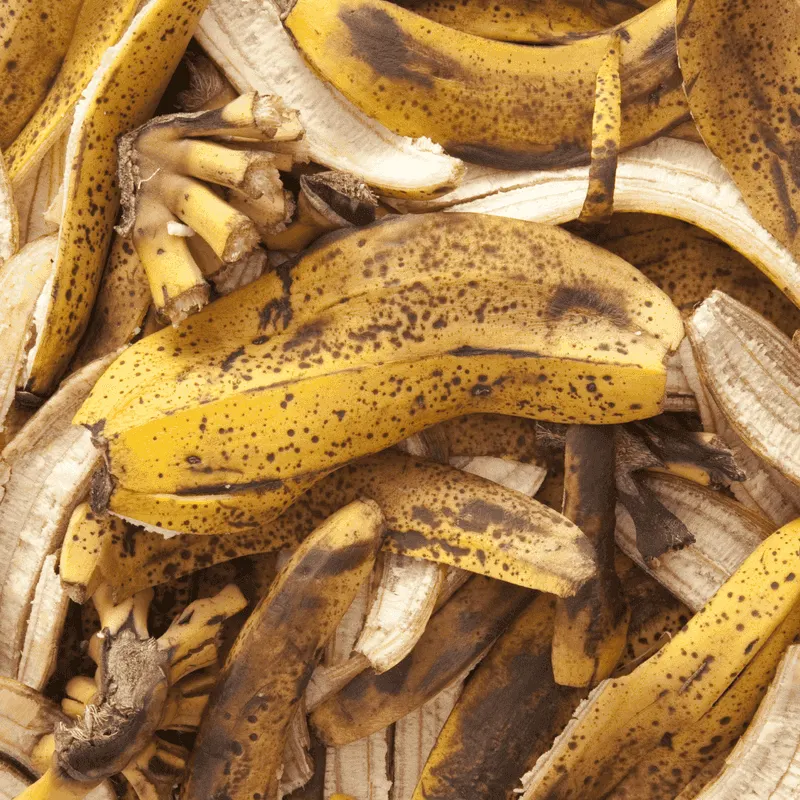
Banana peels might seem like mere waste, yet they hold a treasure trove of nutrients. Potassium, phosphorus, and calcium are some of the essential elements they release into your compost. These nutrients bolster plant growth, enhancing root development and disease resistance.
Ever noticed how vibrant and lush gardens often have a hidden secret? It’s likely the compost enriched with banana peels. The peels decompose rapidly, making them ideal for quick nutrient turnover. Imagine your garden thriving with the hidden power of banana peels, a simple step towards sustainable gardening.
Incorporate banana peels today, and witness the transformation.
Coffee Grounds
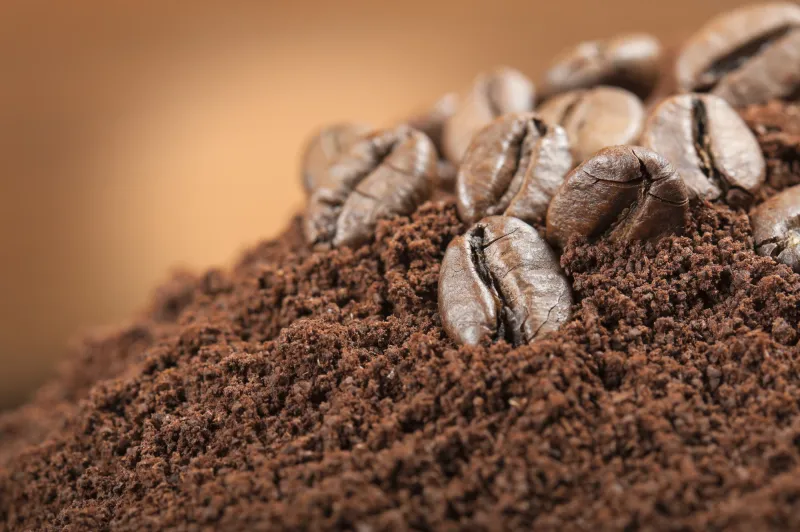
Morning rituals often start with a cup of coffee, but what becomes of those grounds? Rich in nitrogen, coffee grounds are a boon for compost heaps. They provide the nitrogen boost necessary for balancing the carbon-rich materials like dried leaves.
The aromatic allure of coffee extends beyond your mug; it enhances the soil by improving aeration and drainage. Moreover, worms adore coffee grounds, aiding decomposition and enriching the soil.
With each cup brewed, think of the potential nourishment for your garden, turning everyday waste into fertile soil. Coffee grounds truly offer a caffeinated kick to composting.
Eggshells
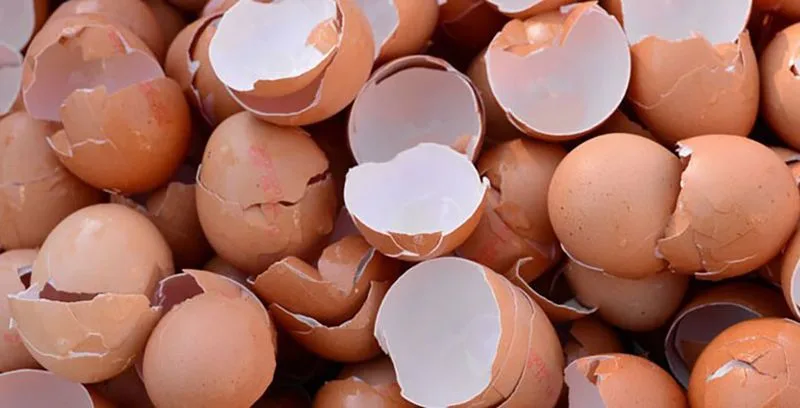
Eggshells may be fragile, but their contribution to compost is mighty. Packed with calcium, they help strengthen plant cell walls, leading to robust growth. Crushed eggshells also deter pests like slugs and snails, offering a natural pest control solution.
When tossed into a compost bin, eggshells break down slowly, providing a steady calcium release. This gradual degradation is perfect for long-term soil fertility.
Imagine a garden where plants stand tall and healthy, fortified by the calcium from eggshells. They’re not just breakfast remnants but vital players in soil enrichment.
Vegetable Peelings
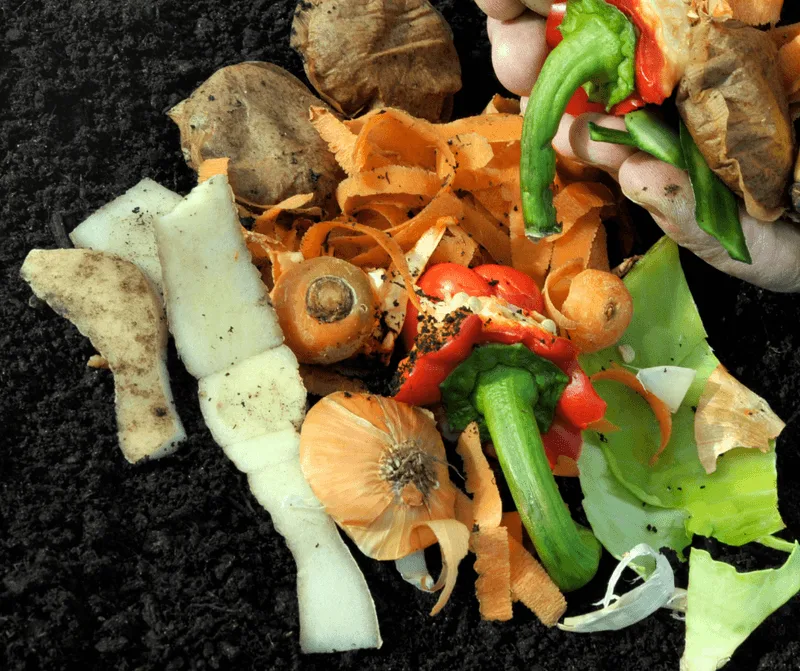
Ever wondered what to do with those colorful vegetable peelings? Instead of discarding them, add them to your compost pile. Rich in essential nutrients, they break down quickly, contributing to soil fertility.
These peelings are more than kitchen scraps; they’re a gift to your garden. The mix of vitamins and minerals supports diverse soil organisms, enhancing microbial activity.
As you peel your vegetables, envision the cycle of life they perpetuate. Turn waste into wonder by composting your vegetable peelings, and nourish your plants with nature’s leftovers.
Tea Bags
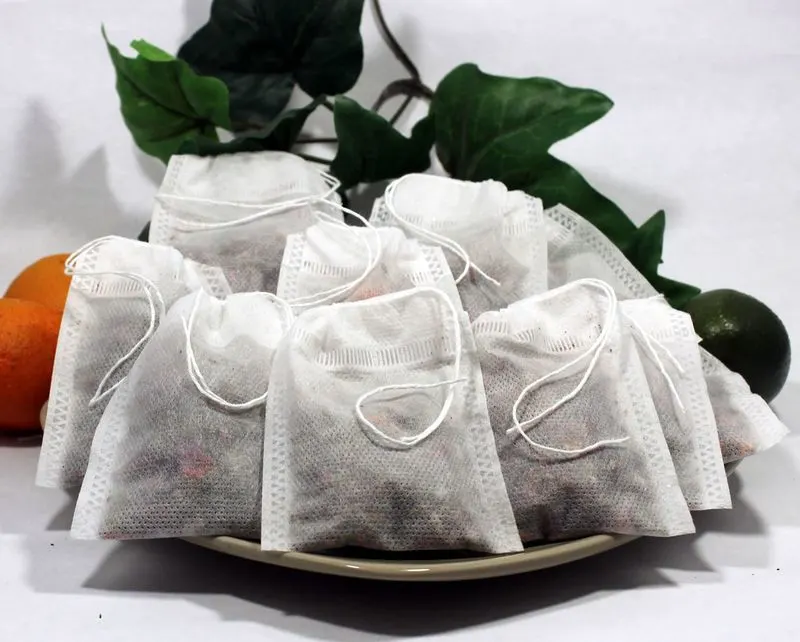
A calming tea break has more benefits than relaxation. Used tea bags can invigorate your compost heap. Containing both nitrogen and carbon, tea bags create a balanced compost environment.
The organic matter in tea bags fosters microbial growth, which in turn improves soil structure. Whether green or black, the tea leaves offer a slow-release fertilizer for your garden.
As you sip your tea, consider the journey of those leaves. From cup to compost, they continue to nurture. Embrace the cycle, and let your garden thrive on this aromatic addition.
Fruit Scraps
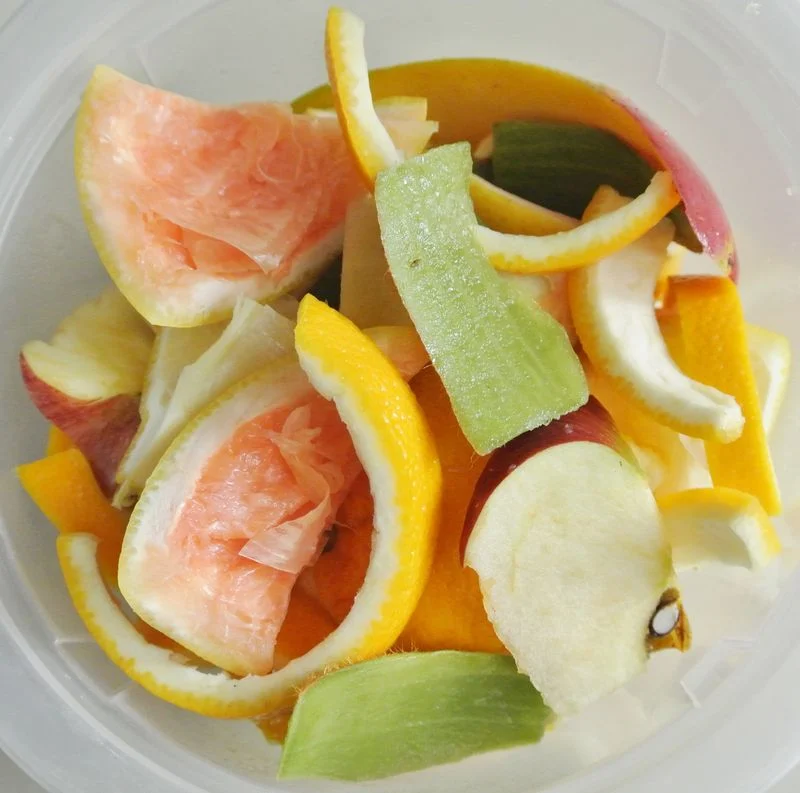
Fruit scraps may seem like mere leftovers, but they bring a citrusy burst of life to compost piles. High in water content, they decompose swiftly, providing moisture and nutrients to the soil.
Their decomposition attracts beneficial microorganisms that enhance soil quality. However, moderation is key, as too much citrus can acidify the compost.
Picture a garden flourishing with vibrant hues, all thanks to the hidden nutrients in fruit scraps. Transform these everyday remnants into a powerhouse of growth, fueling your garden’s vitality with each composted peel.
Corn Cobs
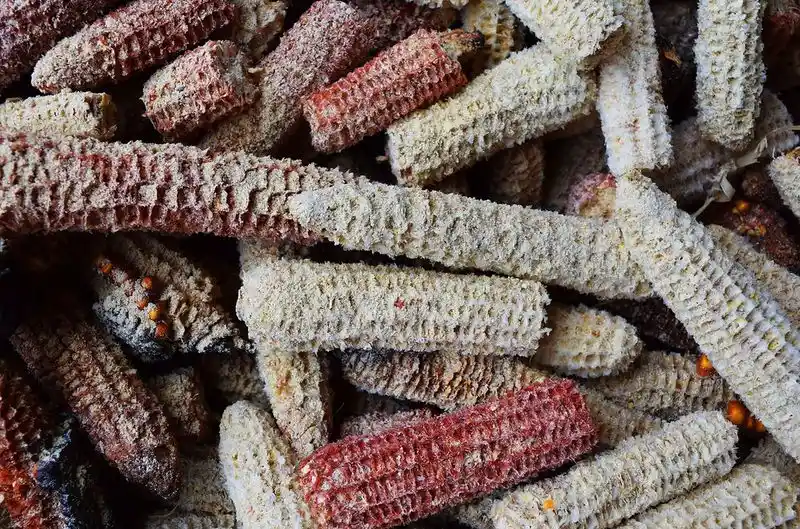
Corn cobs, often overlooked, are composting champions. Though they break down slowly, they add structure and aeration to the compost. Their hollow nature allows for airflow, vital for microbial activity.
These cobs absorb moisture, balancing the compost’s humidity. As they decompose, they release nutrients that enrich the soil long-term.
Imagine corn cobs as the unsung heroes of your compost heap. They quietly enhance the compost, preparing it for robust plant growth. Don’t let these cobs go to waste; let them enrich your soil.
Nut Shells

Nut shells are the slow burners of the compost world. While they take time to decompose, they provide aeration and aid in drainage. Their tough exterior breaks down gradually, offering prolonged benefits.
These shells contribute to the compost’s structure, fostering an environment for beneficial microbes. The gradual decomposition means sustained nutrient release for the soil.
As you indulge in your favorite nuts, spare a thought for their shells. They may be hard, but their impact on soil health is significant. Embrace their resilience and enrich your compost.
Onion Skins
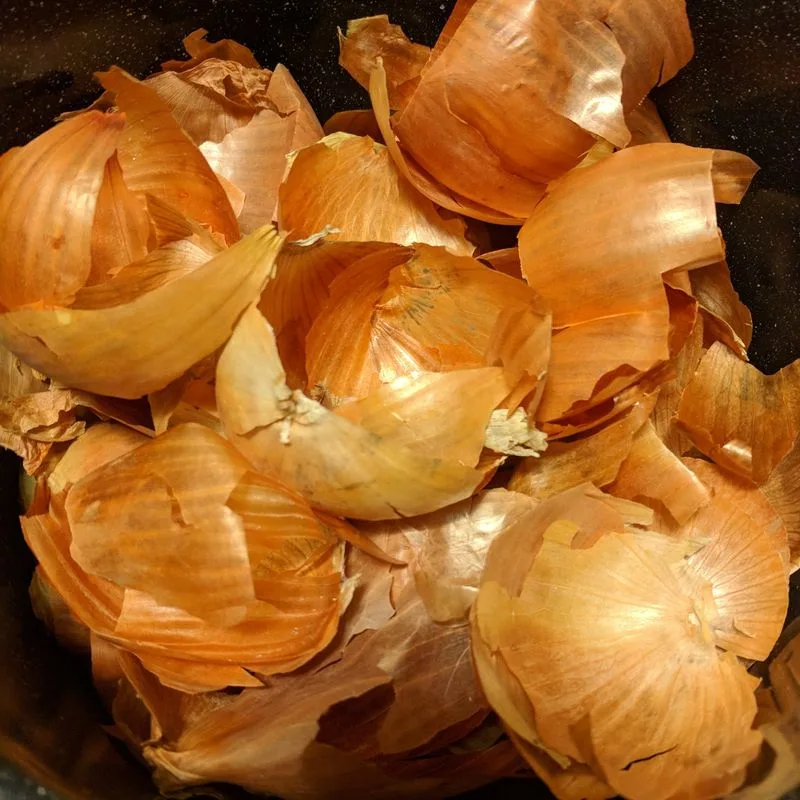
Onion skins, with their papery texture, are a surprising compost ingredient. Rich in nutrients like sulfur, they enhance soil fertility and improve plant immunity. Their unique composition aids in deterring pests naturally.
These skins decompose quickly, releasing nutrients that invigorate the compost. They are particularly beneficial for plants needing a sulfur boost.
Consider the humble onion skin’s journey from kitchen to compost. Their light, seemingly insignificant presence packs a punch in soil improvement. Let them weave their magic in your garden’s growth story.
Stale Bread
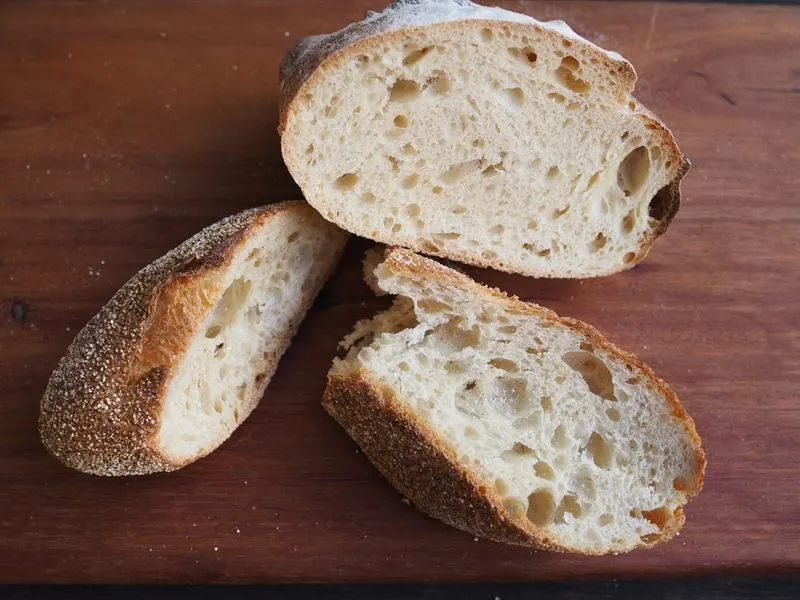
Stale bread, often destined for the trash, can find new life in compost. It breaks down easily and contributes to the overall carbon content of the pile.
Providing a food source for composting organisms, stale bread accelerates decomposition. Ensure it’s torn into smaller pieces to prevent pests from being attracted.
Envision a garden fed by the remnants of yesterday’s loaf, thriving in its newfound nourishment. Bread’s transformation from kitchen waste to compost gold is a testament to the cycle of renewal.
Herb Stems
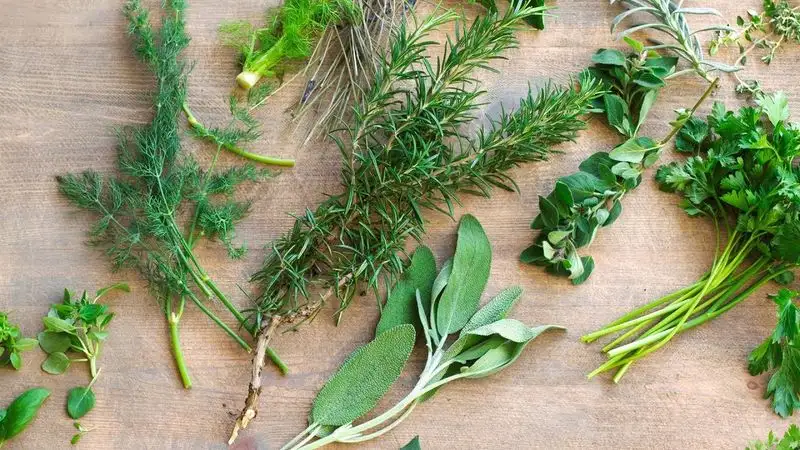
Herb stems, often discarded, are aromatic gifts to compost heaps. Their rich essential oils not only add nutrients but also deter certain pests.
Sturdy yet fragrant, they decompose gradually, offering sustained nourishment to the soil. As they break down, they infuse the compost with their delightful scents.
Picture the transformation as these stems enrich your garden. From kitchen by-product to compost treasure, herb stems continue their cycle of growth, nurturing the soil with each aromatic layer added.
Citrus Rinds
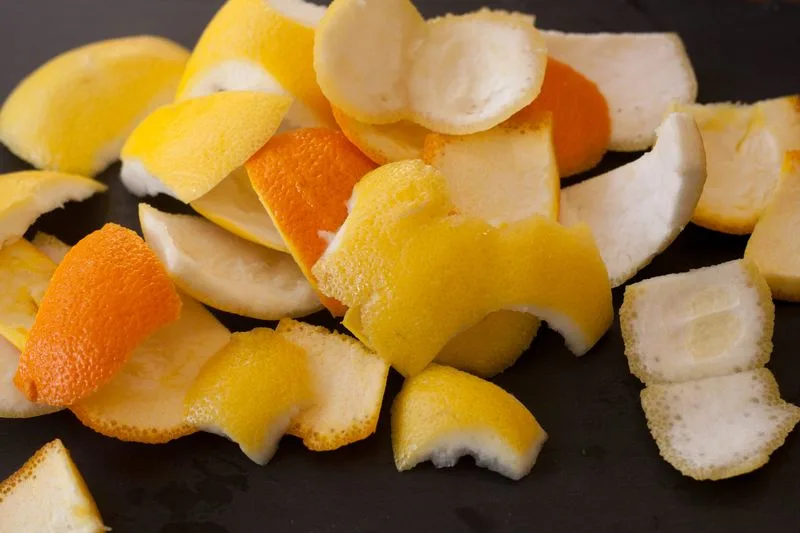
Citrus rinds bring a zesty aroma to compost piles. While their acidity requires moderation, their benefits are noteworthy. They decompose into rich organic matter, enhancing soil structure and fertility.
The natural oils in citrus rinds deter pests, offering a protective layer to your compost. Their vibrant hues reflect the energy they infuse into the soil.
Imagine the citrusy burst of energy they provide. These rinds, once discarded, now play a crucial role in your garden’s growth journey, transforming compost into a fertile playground for plants.
Avocado Pits
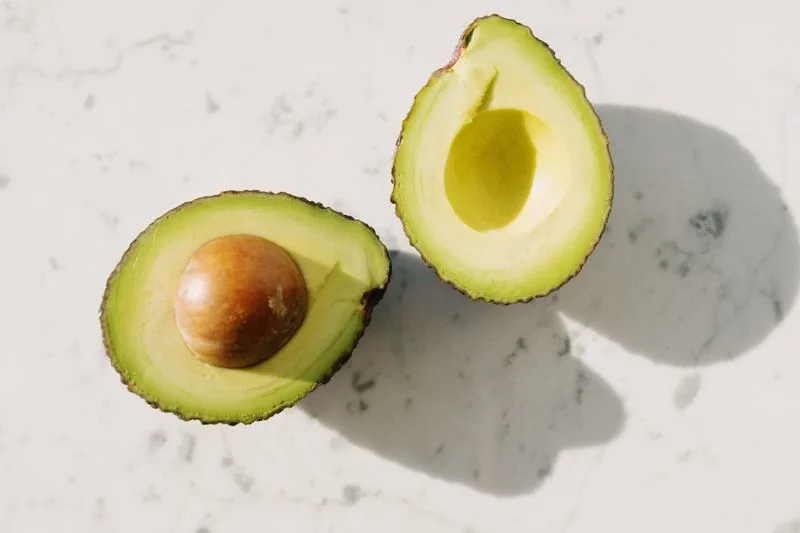
Avocado pits are the quiet giants of composting. Their robust structure takes time to break down, but they provide long-lasting benefits. They enhance aeration and support the compost’s structural integrity.
As they decompose, they release beneficial nutrients, promoting healthy soil. Their slow breakdown ensures a sustained nutrient supply.
Envision the journey of these pits, from kitchen waste to compost cornerstone. Their presence in the heap is a testament to patience and perseverance, slowly but surely enriching your soil.
Mushroom Stems
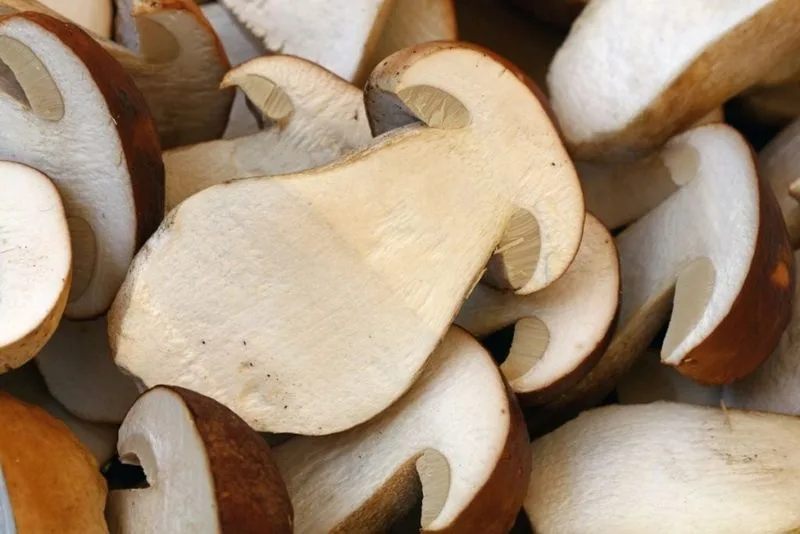
Mushroom stems, often overlooked, are compost’s unsung heroes. Packed with nutrients and beneficial fungi, they enhance soil health. Their decomposition enriches the soil with essential minerals.
The mycelium in mushrooms promotes a thriving microbial environment. This symbiotic relationship improves soil structure and fertility.
Consider the humble mushroom stem’s role in soil health. From culinary leftover to compost asset, they nourish the earth, supporting vibrant plant growth with their quiet strength.
Potato Skins
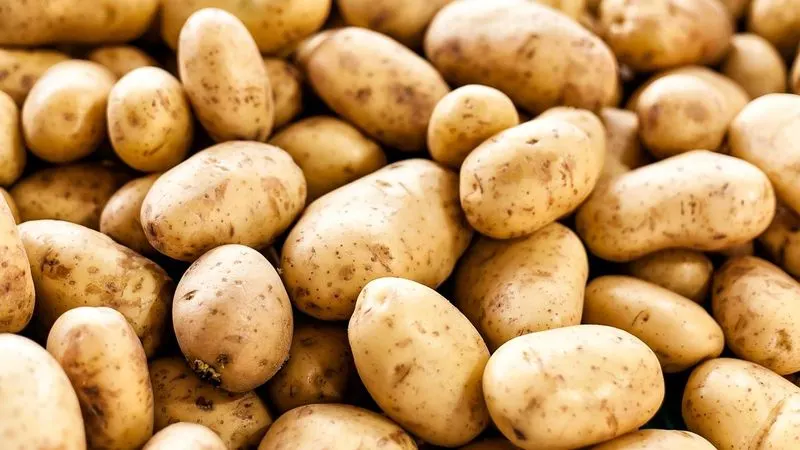
Potato skins, with their rugged texture, are a staple in the compost heap. Rich in nutrients like potassium and Vitamin C, they bolster soil health and plant growth.
They decompose steadily, releasing nutrients that support a thriving garden. Their presence in compost enhances microbial activity, promoting a balanced ecosystem.
Picture the skins’ transformation from kitchen scraps to soil enhancers. They may be rough, but their impact on garden vitality is undeniable, nourishing plants with every layer.

